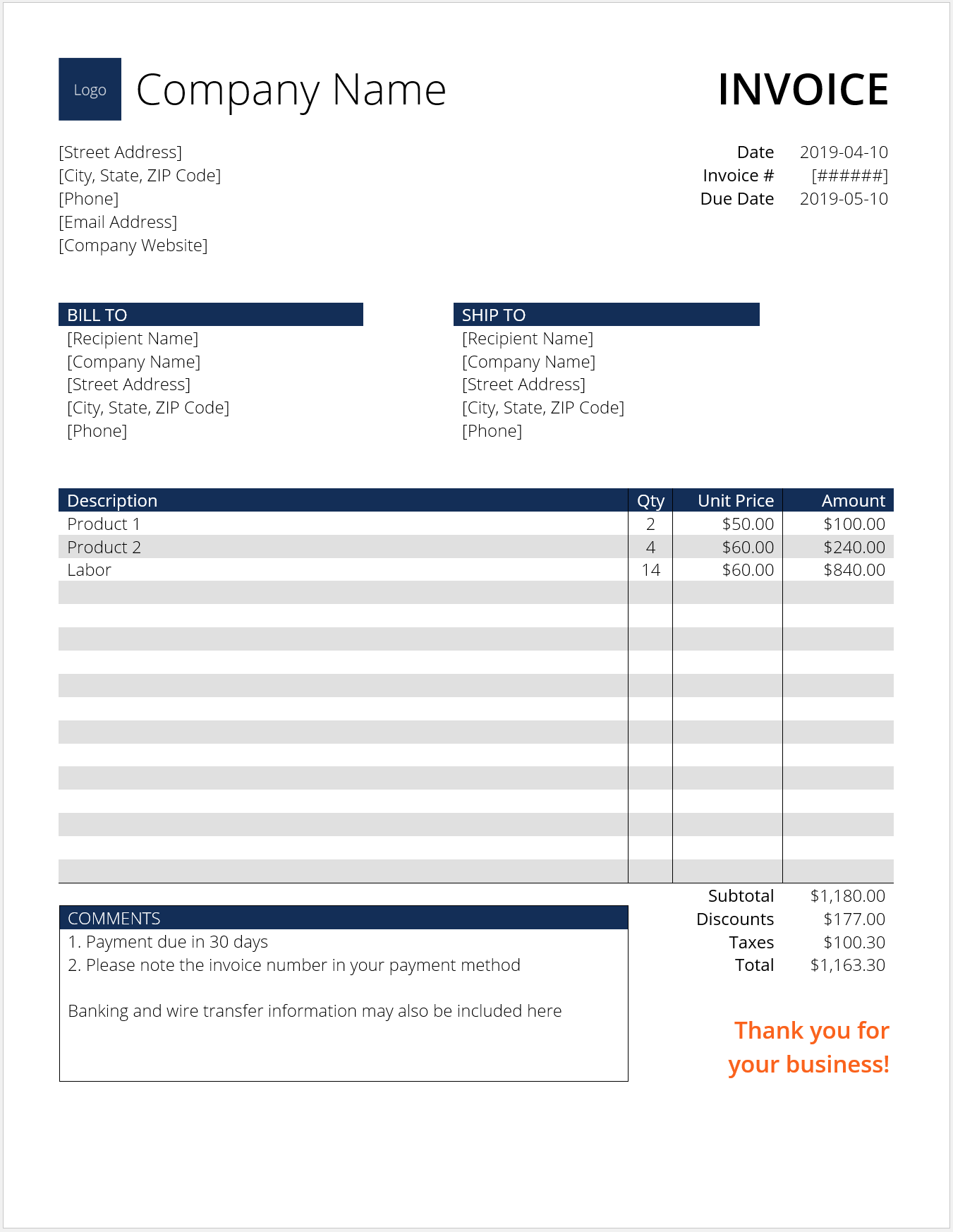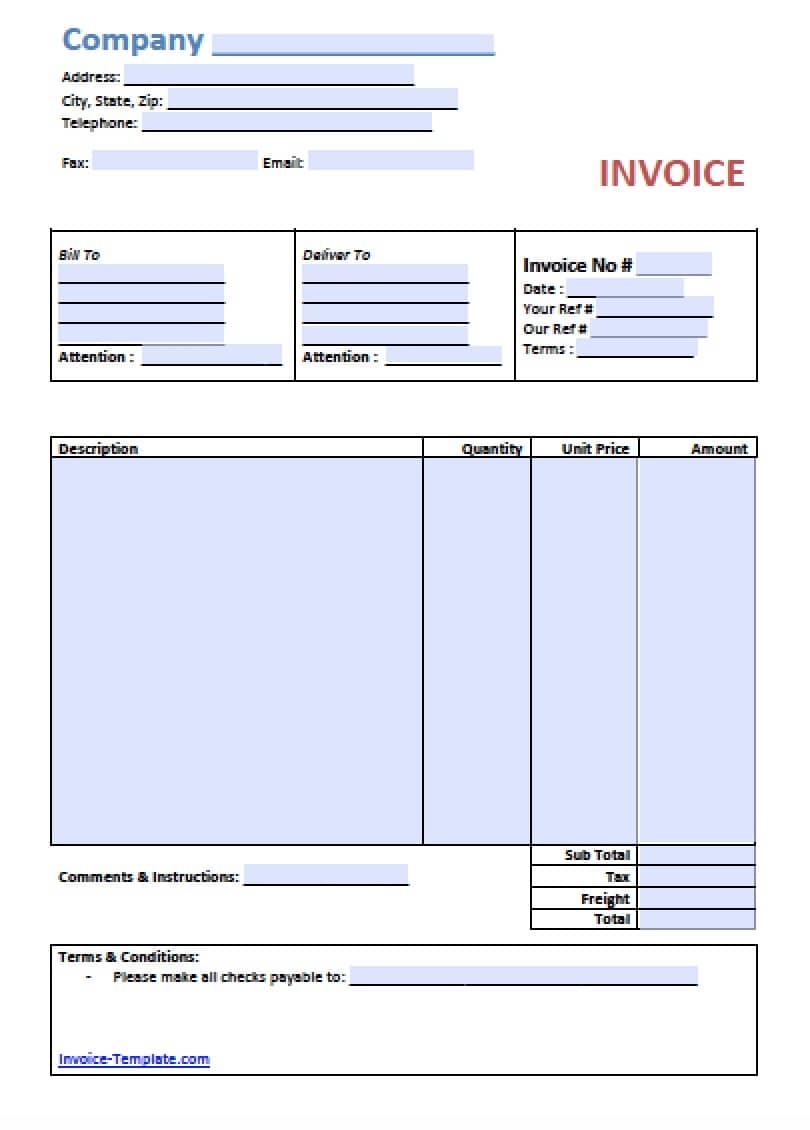

Set Rules Based On Amounts – The IF function is incredibly useful to do things like add shipping onto your invoice if the total is under a certain amount.You can combine these options and do something like =SUM(ABOVE, LEFT). Another option is to use =SUM(BELOW), =SUM(LEFT) or =SUM(RIGHT). It will automatically add up the cells that sit above it. You can get the same results if you put the following formula in cell A6, =SUM(ABOVE). If you use =SUM(A1:A5) Word will add up the amounts in cells A1, A2, A3, A4, and A5. Select a consecutive range of cells – To add up consecutive cells, you also have a few options.Obviously, the first way of writing out the formula works best if you are doing more than simply adding up the contents. Select individual cells – If your formula needs to take into account several different cells that aren’t next to each other, you can indicate to Word which ones to use like this: =A1+A5.The common functions that you get for Word formulas that you’ll probably want to use for an invoice template are:ĭifferent Ways To Write Out Your Formulas Word also uses the same basic arithmetic operators as Excel: The rows are also automatically numbered, starting at the top with 1 and moving down the table. The first column in the table is automatically labeled A, the second B, and so on. Now let’s look at what formulas you can use in Word and what those will look like.įormulas in a Word table work the same way as they do in Excel, by referencing numbers in other cells. Once you have the formula you want for that cell, select OK and the result will automatically appear in the cell.Word will try to work out what formula you require and give you the most likely option first, but you can always change this if you want a different formula. A window will appear, which will be populated with options for your formula.Go to the Layout tab for your table and select Formula.Select the cell on the table where you want the result of your formula to appear.To insert a formula into your Word document, use the following steps: The most common formulas you’ll use in an invoice are going to be multiplication- the price of a line item multiplied by the quantity to get that subtotal-and addition adding up each line item total to create a subtotal, then adding on tax and shipping where applicable for your final total. From there, it’s a case of building formulas that make sense for your invoice.
#Word invoice template professional
You can create a professional layout from scratch or you can use one of the many free invoice templates available.

For an invoice, inserting a table and then setting up your formulas is the best way to go.

You can use formulas in Word on normal lines and within tables.
#Word invoice template how to
How To Insert A Formula Into A Word Document


 0 kommentar(er)
0 kommentar(er)
